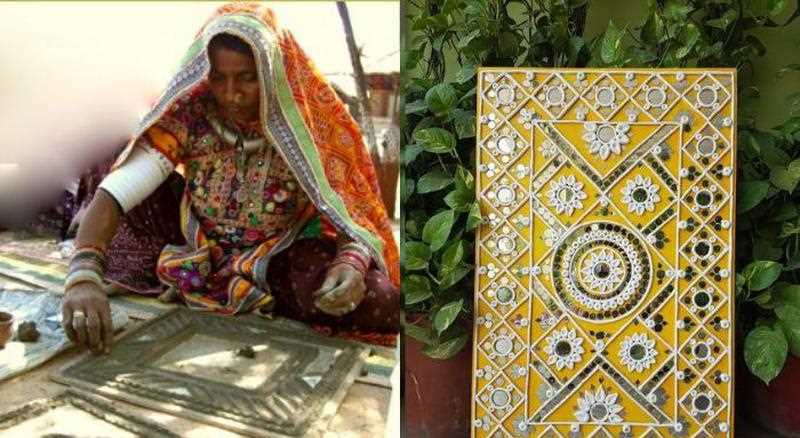
India, a land rich in culture and heritage, is known for its diverse art forms. One such art form that is gaining recognition and reviving the country’s cultural heritage is Indian mural art. Mural art has been an integral part of Indian history, with ancient caves and temples adorned with breathtaking mural paintings.
Indian mural art is a traditional form of painting that dates back centuries. It involves the use of natural pigments and dyes to create intricate designs and motifs on walls, ceilings, and other large surfaces. These paintings often depict stories from mythology, religious beliefs, and everyday life, serving as a visual narrative of India’s traditions and customs.
Through the revival of mural art, India aims to preserve and promote its rich cultural heritage. Traditional designs and techniques are being passed down from one generation to another, ensuring that this ancient art form continues to thrive. Not only does mural art showcase the artistic talents of the Indian people, but it also serves as a reminder of the country’s historical roots and traditions.
Indian mural art is not only visually stunning but also has a deeper significance. It serves as a platform for artists to express their creativity and tell stories through their artwork. Each stroke of the brush and every color used holds meaning and symbolism, making mural art a form of visual poetry. By embracing this art form and incorporating it into contemporary designs, India is breathing new life into its cultural heritage and creating a unique blend of tradition and modernity.
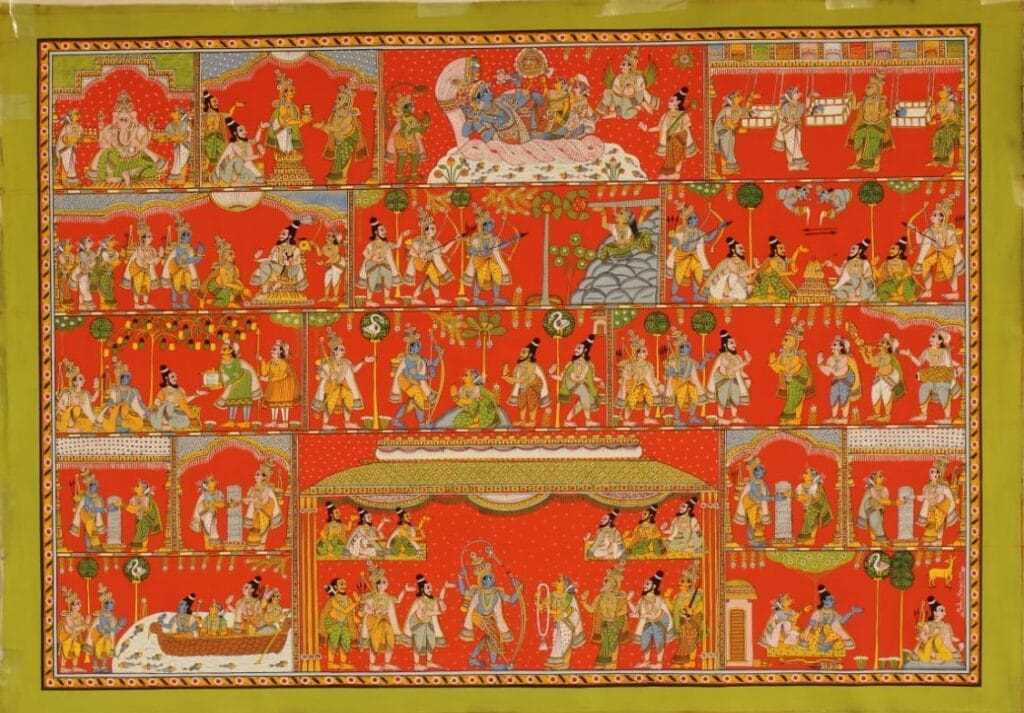
Mural art has played a significant role in Indian culture for centuries. It has not only served as a means of artistic expression but has also been a powerful medium for storytelling, communication, and celebration of the country’s rich heritage and traditions.
Indian mural art can be traced back to ancient times and has been found in various forms across different regions of the country. These murals are often created on walls, ceilings, and facades of temples, palaces, and other important structures. They depict a wide range of subjects such as religious stories, historical events, cultural practices, and everyday life.
Preserving History and Tradition
Mural art in India serves as a visual record of the country’s history and traditions. It depicts important events, mythical stories, and cultural practices that have been passed down through generations. By preserving these stories through murals, Indian culture is kept alive and celebrated.
Visual Communication
Indian mural art has been used as a powerful medium of communication. In the past, illiterate communities relied on these murals to convey messages and share knowledge. Even today, mural art has the ability to communicate complex ideas and emotions in a visually striking and accessible way.
Reviving Cultural Heritage
Mural art plays a crucial role in reviving and promoting India’s cultural heritage. As the country continues to modernize, traditional art forms are at risk of being forgotten. However, through the creation and preservation of mural art, artists and organizations are working towards keeping these ancient art forms alive and relevant.
Regional Variations
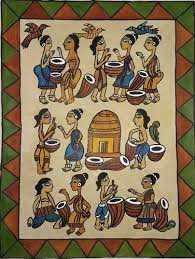
India is a culturally diverse country, and mural art varies across different regions. Each region has its unique style, themes, and techniques. For example, the frescoes of Rajasthan feature intricate details and vivid colors, while the Kerala murals are characterized by their simplicity and use of natural pigments.
Impact on Contemporary Art
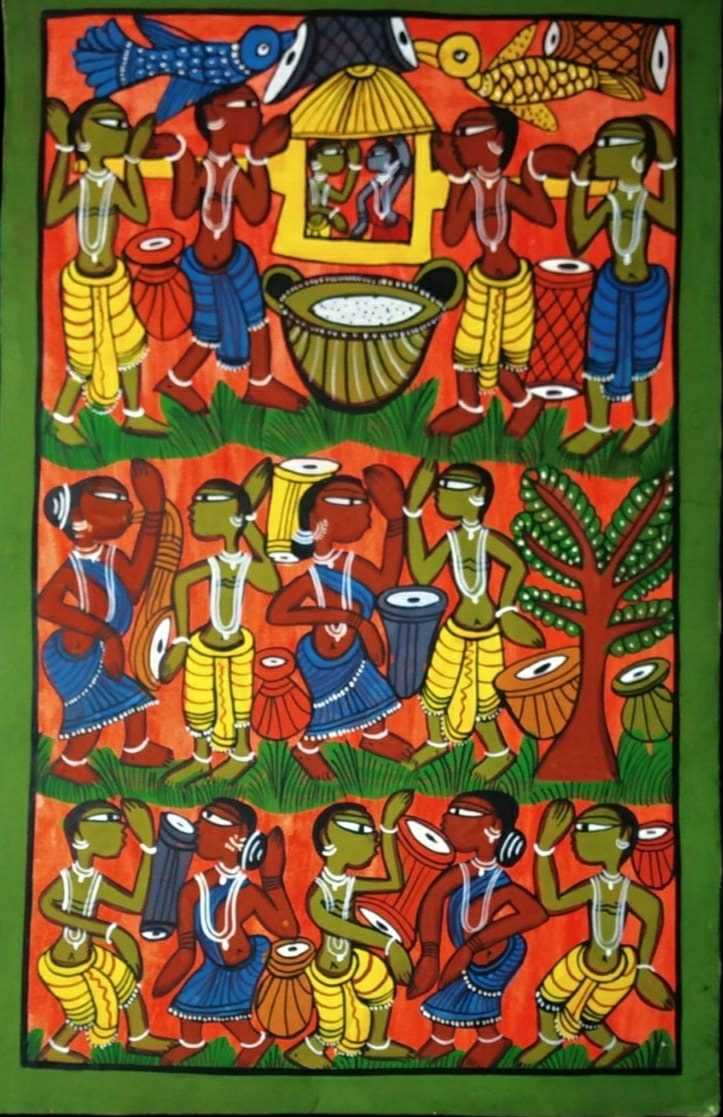
Indian mural art has influenced contemporary art forms in the country. Artists today draw inspiration from these ancient murals, incorporating the techniques and themes into their own works. This fusion of traditional and contemporary art has resulted in the evolution of Indian art, creating a unique and vibrant artistic landscape.
The Design and Technique of Indian Murals
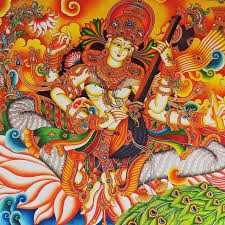
One of the key design elements in Indian murals is the use of traditional motifs and symbols. These motifs are often inspired by nature, religious themes, and historical events. The artist carefully selects these motifs and skillfully incorporates them into the mural design to tell a story or convey a message.
The technique used to create Indian murals is equally important. The mural is typically painted on a large surface, such as a wall or ceiling, using a variety of materials. Natural pigments made from minerals, plants, and even insects are often used to achieve the vibrant colors seen in Indian murals.
Before the painting process begins, the surface is carefully prepared. The artist cleans the surface, removes any imperfections, and applies a base coat to ensure the mural adheres properly. Then, using a preliminary sketch as a guide, the artist slowly begins to bring the mural to life.
The artist starts by outlining the main design elements using a fine brush or pencil. Once the outline is complete, the artist fills in the colors, layer by layer, using different brushes and techniques. This meticulous process requires patience and skill as the colors need to be applied in a way that creates depth and dimension.
In addition to the painting techniques, Indian murals also often incorporate other art forms such as relief work, carving, and inlay work. These techniques add texture and enhance the overall visual appeal of the mural.
Indian murals have a rich history and are an integral part of the country’s artistic and cultural heritage. They are not only a form of art but also a means of preserving and promoting traditional values and beliefs. Through their intricate designs and skilled technique, Indian murals continue to captivate and inspire the viewers.
Preserving Indian Mural Art: Challenges and Initiatives
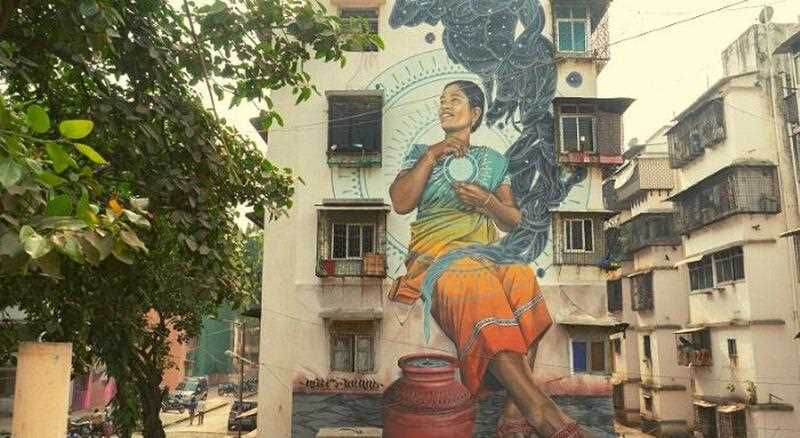
Indian mural art is an ancient form of expression that has played a significant role in showcasing India’s rich cultural heritage. However, the preservation of this art form faces various challenges which threaten its future existence. This article explores some of the challenges faced by the preservation efforts and highlights the initiatives taken to protect and promote Indian mural art.
Challenges
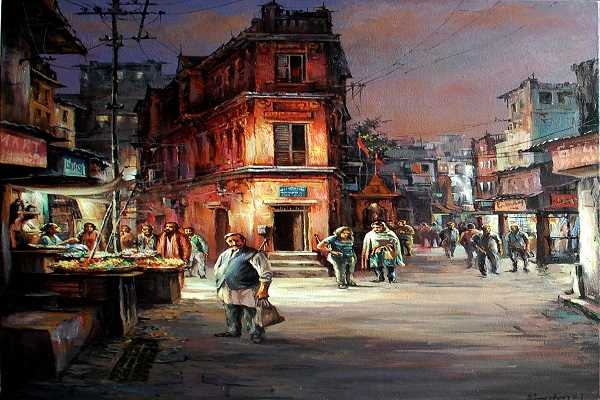
One of the major challenges in preserving Indian mural art is the physical deterioration of the artwork. Many murals have suffered damage due to factors like climate, pollution, and inadequate maintenance. The natural aging process, along with the lack of proper conservation techniques, has led to the loss of original colors and details in many mural paintings.
Another challenge is the lack of awareness and appreciation for Indian mural art. With the rise of modern forms of art, traditional mural art has often been overlooked, resulting in a loss of patronage and support. This has led to a decline in skilled mural artists and limited opportunities for the promotion and preservation of this art form.
Funding and financial constraints pose another challenge for preserving Indian mural art. The restoration and conservation of murals require significant resources, which are often lacking. The high costs associated with the expertise and materials required for restoration make it difficult to sustain long-term preservation efforts.
Initiatives
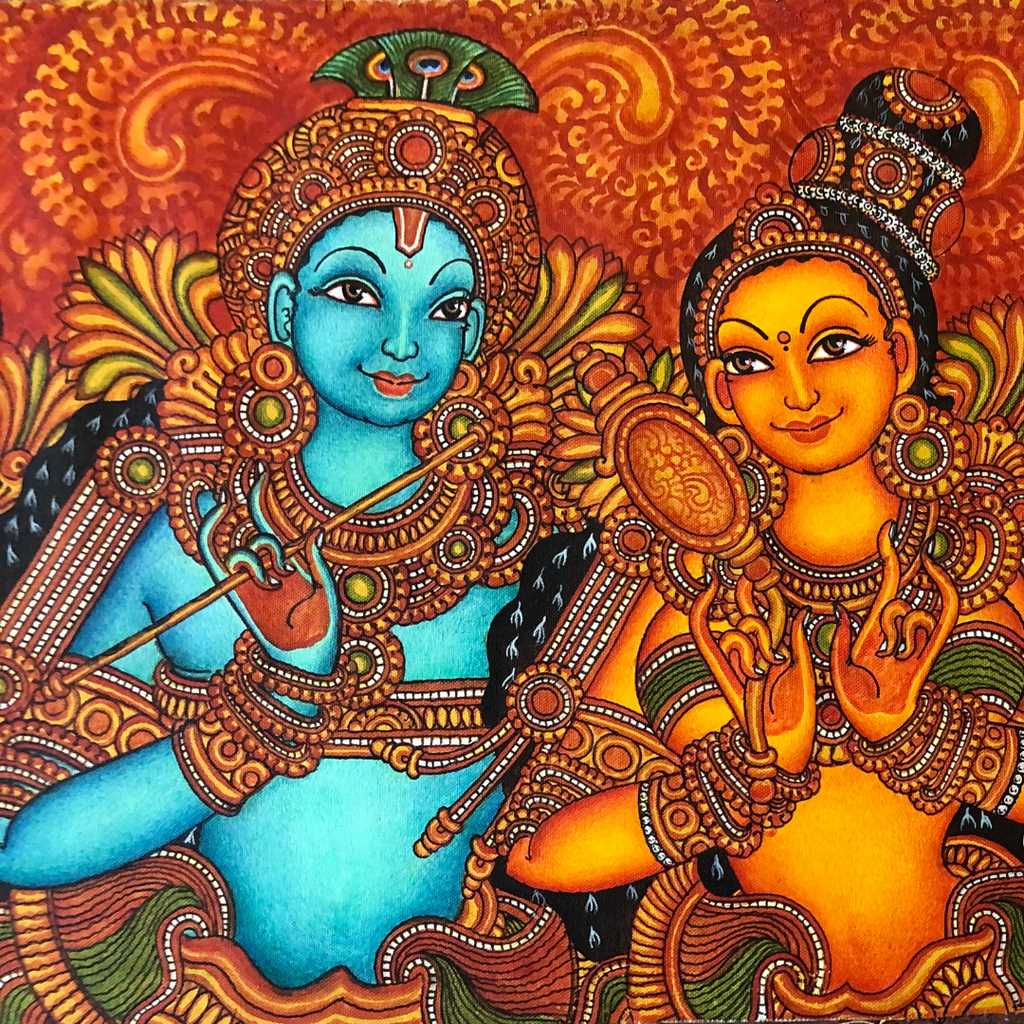
Despite these challenges, several initiatives have been undertaken to preserve Indian mural art. One such initiative is the establishment of mural art academies and training programs. These institutions aim to train and nurture young artists in the techniques and skills required for mural painting. By providing the necessary infrastructure and resources, these initiatives help in maintaining and passing on traditional knowledge to future generations.
Collaborative efforts between the government, art organizations, and local communities also play a crucial role in preserving Indian mural art. The execution of mural restoration projects, documentation of existing murals, and the promotion of art tourism are some of the initiatives taken by these partnerships. Such collaborations help in raising awareness and generating support for the preservation of mural art.
The use of modern technology and digital preservation techniques has also been adopted in preserving Indian mural art. Digital imaging and scanning technologies are used to document and digitally archive murals. This helps in creating virtual platforms and databases that can be accessed and studied by researchers, artists, and enthusiasts worldwide.
| Challenges | Initiatives |
|---|---|
| Physical deterioration | Mural art academies and training programs |
| Lack of awareness and appreciation | Collaborative efforts between government, art organizations, and local communities |
| Funding and financial constraints | Use of modern technology and digital preservation techniques |
Indian Murals: A Contemporary Perspective
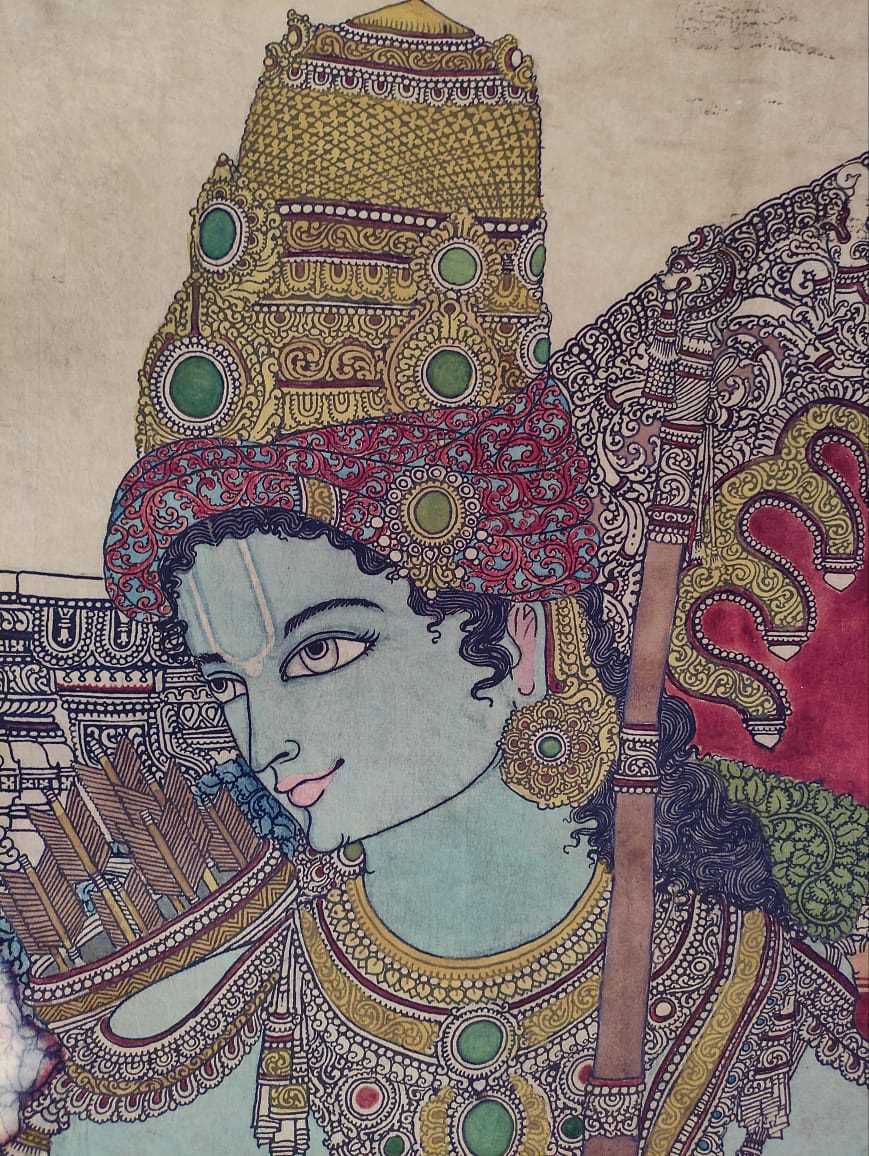
Indian murals have a rich history that dates back centuries, showcasing intricate designs and vibrant colors. While these traditional art forms continue to thrive, there is also a growing movement towards incorporating modern elements into mural art, creating a blend of tradition and contemporary aesthetics.
Contemporary Indian murals often feature bold and abstract designs, inspired by elements of nature, mythology, and daily life. Artists experiment with different materials, techniques, and styles to create unique and visually stunning pieces. These new interpretations of mural art not only attract younger generations but also help revive and preserve the ancient traditions.
One interesting aspect of contemporary Indian murals is their adaptability to different settings. These artworks can be found not only in traditional venues like temples and historical monuments but also in modern urban spaces such as art galleries, cafes, and public walls. This shift from traditional to contemporary settings allows mural art to reach a wider audience and contribute to the cultural landscape of India.
Furthermore, contemporary mural artists often collaborate with communities and organizations to address social and environmental issues. Murals depicting themes like gender equality, climate change, and traditional craftsmanship not only spread awareness but also contribute to community dialogue and activism.
Another important aspect of contemporary Indian murals is the impact of technology. Digital tools and techniques have allowed artists to experiment with new styles, create larger-scale murals, and even incorporate interactive elements. These advancements have pushed the boundaries of mural art and opened up new possibilities for storytelling and audience engagement.
The Future of Indian Mural Art
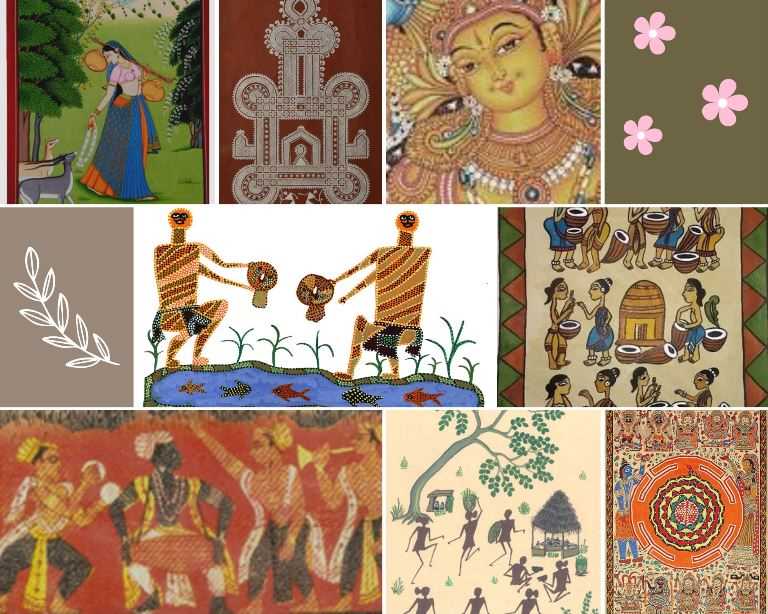
Indian mural art has a rich history and has been an important part of Indian culture and heritage for centuries. In recent years, there has been a renewed interest in reviving this traditional art form and preserving it for future generations.
One of the driving forces behind the revival of Indian mural art is the increasing recognition of its cultural significance. Murals are not just decorative pieces of art, but they also tell stories and reflect the values and beliefs of the communities they belong to. By preserving and promoting this art form, we are able to celebrate and honor our cultural heritage.
Another factor contributing to the future of Indian mural art is the growing interest among artists and art enthusiasts. Many young artists are embracing this traditional art form and using it as a means to express their creativity and explore their cultural identity. This has led to a renaissance of sorts, with new and innovative designs being created while still staying true to the traditional techniques and motifs.
Technology is also playing a crucial role in the future of Indian mural art. With the advent of digital tools and techniques, artists are able to create murals that are not limited to physical spaces. Digital murals can be shared and preserved online, reaching a wider audience and ensuring their longevity. This fusion of traditional art and modern technology is allowing mural art to adapt and evolve, keeping it relevant in today’s digital age.
Furthermore, initiatives and organizations dedicated to the preservation and promotion of Indian mural art are gaining momentum. These initiatives include workshops, exhibitions, and collaborations with artists and institutions from around the world. By fostering a sense of community and providing platforms for artists to showcase their work, these initiatives are creating an environment where mural art can thrive and grow.

I am a mural enthusiast and a fervent admirer of street art. Rather than creating murals myself, I am passionate about collecting them. My love for street art knows no bounds. I am dedicated to curating and cherishing these artworks that grace the streets. My collection stands as a testament to my profound appreciation for this form of artistic expression.
read about me



